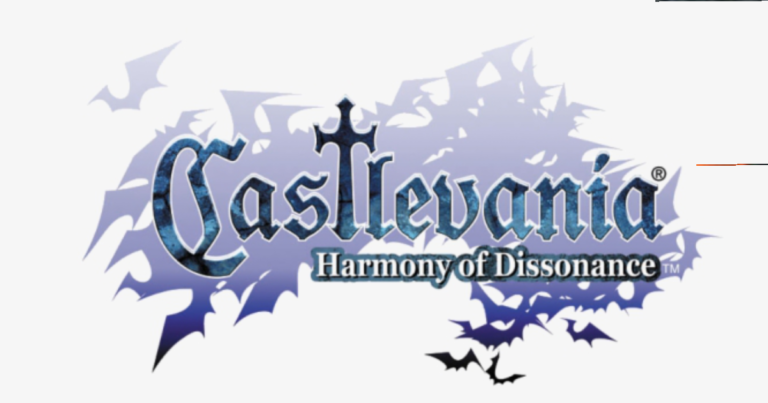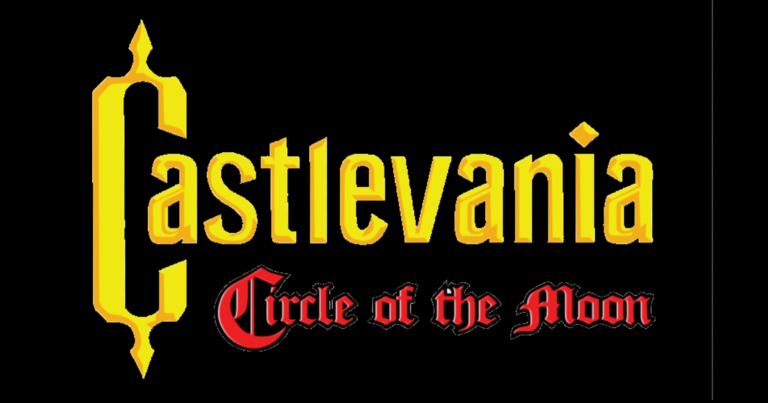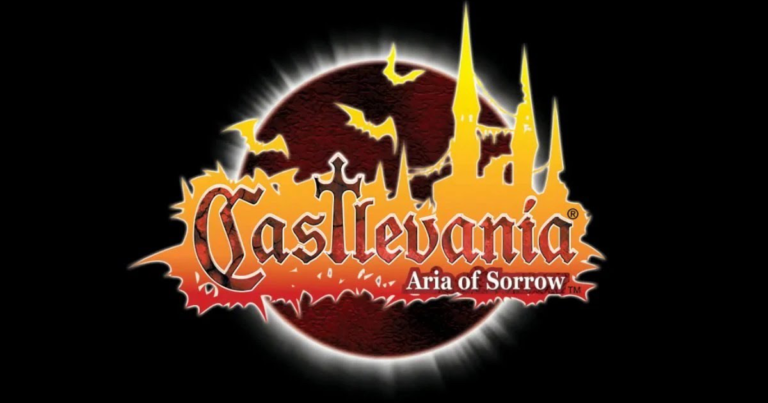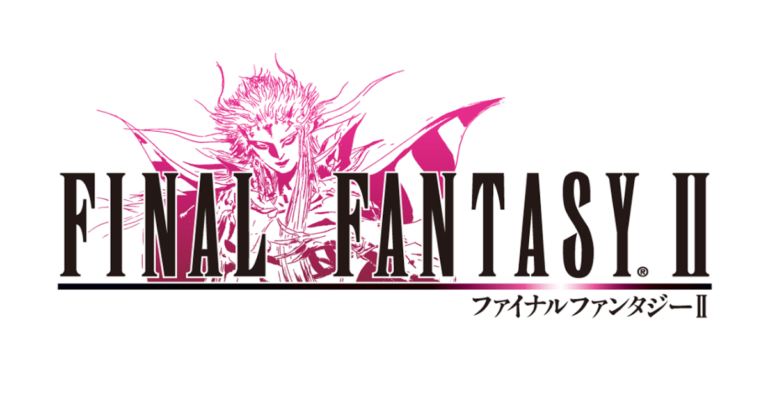Posted inGame Boy Advance
Review – Castlevania: Harmony of Dissonance (GBA)
Konami – GBA- 1 Player Itching for more Game Boy Castlevania action after completing Circle of the Moon, I set out to find a copy of the Castlevania Double Pack. This is a repackaging of Harmony of Dissonance and Aria of Sorrow onto one Game Boy Advance cart. Both games are complete and there isn’t any extras so I’lm just going to review them as separate games. Since Harmony comes first in release order, I’ll start with it. It is however the third game I played through. I started it second but after about five minutes of play I couldn’t…





